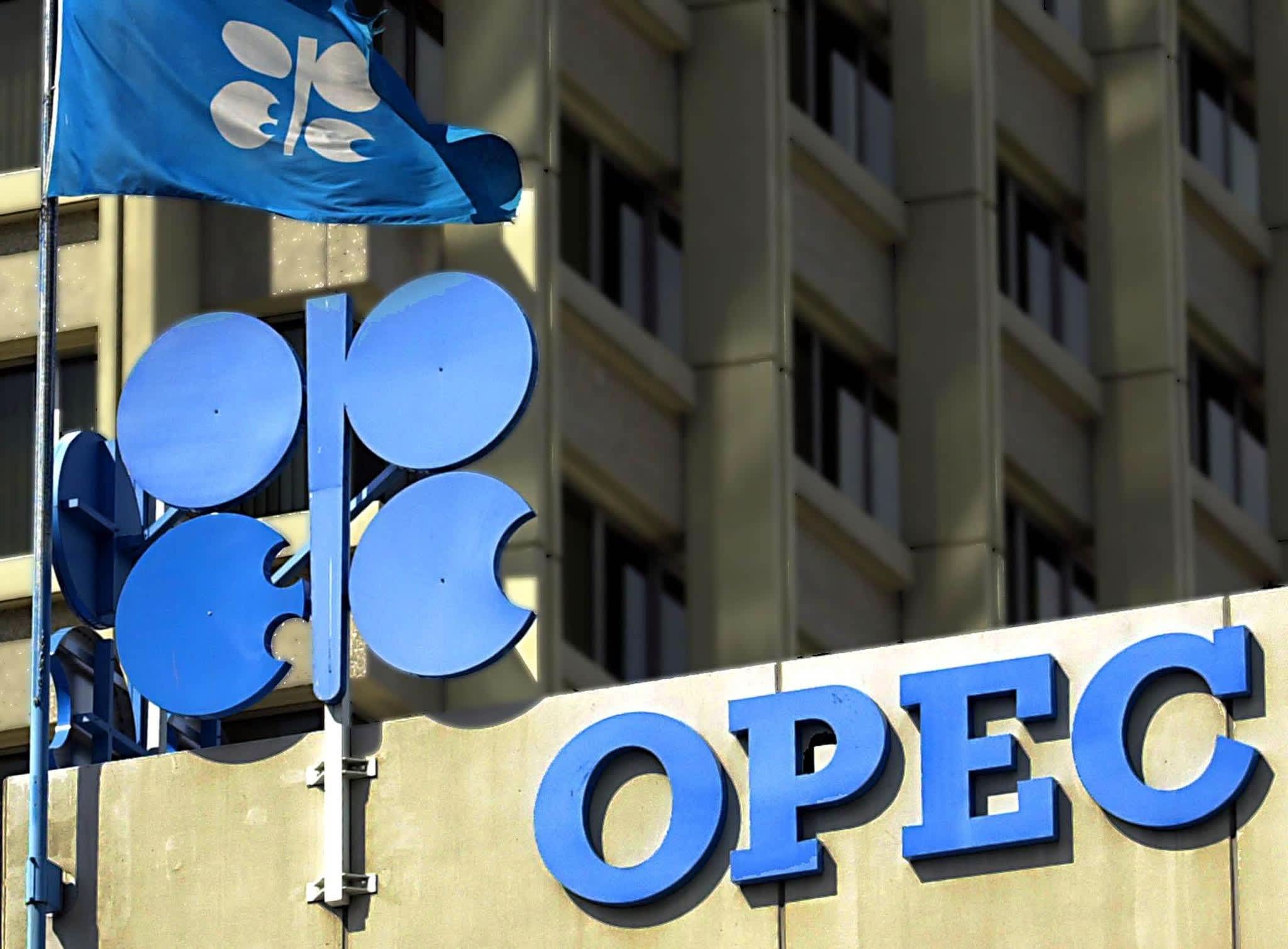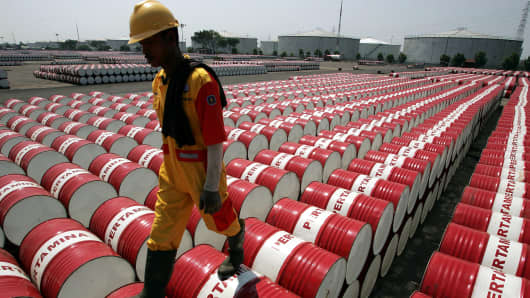South Korea has seized a Hong Kong-flagged vessel under suspicions
that it illegally transferred oil to North Korea, in violation of U.N.
sanctions. The vessel, the Lighthouse Winmore, was seized one month
after it allegedly ferried oil, South Korean media report.
Such
ship-to-ship transfers are prohibited by a U.N. Security Council
Resolution that was adopted in September, part of a suite of sanctions
that target North Korea over its nuclear and missile programs.
The seizure and inspection took place in November, but it was reported only after South Korea's Chosun Ilbo
newspaper published U.S. reconnaissance photos on Tuesday that were
part of a U.S. Treasury Department announcement of sanctions on 20 North
Korean vessels and six shipping and trading companies. The U.S.
sanctions cited suspected ship-to-ship transfers of oil in international
waters.
The Chosun Ilbo reports
that U.S. reconnaissance images had shown "Chinese ships selling oil to
North Korean vessels on the West Sea around 30 times since October."
When
the Treasury Department released reconnaissance images of an Oct. 19
rendezvous between two ships, the agency named the North Korean ship as
the Rye Song Gang 1 — and included an image clearly showing the name on
the vessel's hull. It did not identify the other, much larger, ship.
Citing South Korean officials, the Yonhap news agency reports
that the Lighthouse Winmore is suspected of transferring 600 tons of
refined petroleum to a North Korean vessel on Oct. 19. The ship was
seized in late November after it came into South Korea's port in Yeosu.
It reportedly remains in custody.
From Yonhap:
"The Hong Kong-flagged ship was chartered by Taiwanese company Billions Bunker Group and previously visited South Korea's Yeosu Port on Oct. 11 to load up on Japanese refined oil and head to its claimed destination in Taiwan, the authorities noted.
"Instead of going to Taiwan, however, the vessel transferred the oil to a North Korean ship, the Sam Jong 2, and three other non-North Korean vessels in international waters, they said."
After the reconnaissance photos were publicized, President Trump tweeted,
"Caught RED HANDED - very disappointed that China is allowing oil to go
into North Korea. There will never be a friendly solution to the North
Korea problem if this continues to happen!"
On Friday, China's
Foreign Ministry spokesperson Hua Chunying said that charges of Chinese
ships sending oil to North Korea "do not accord with facts."
As
state-run Xinua media reports, "Hua said that China had immediately
investigated the relevant ship and found that it has not docked in any
Chinese ports and had no entry and departure records of Chinese ports
since August."
The U.S. has repeatedly called China a pivotal
player in the effort to convince North Korea to rein in its nuclear
program and ease tensions on the Korean Peninsula. Earlier this week,
Secretary of State Rex Tillerson called on China to "exert its decisive
economic leverage on Pyongyang."
Writing an op-ed piece for The New York Times, Tillerson added, "China has applied certain import bans and sanctions, but it could and should do more."












